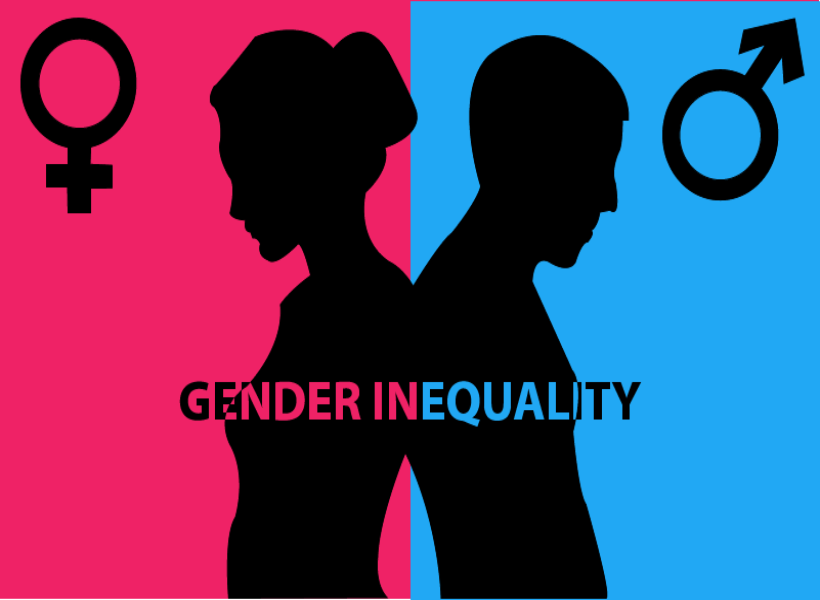How many investors, be it local or foreign, ensure that women are targeted for training and receive equal access to employment opportunities? Furthermore, are these women paid less than men? To what extent do these projects contribute to gender disparity?
These are just a few of the thought-provoking questions one might be moved to consider upon reading some of the findings on gender inequality contained in the Environmental Impact Assessment (EIA) for the government’s gas-to-energy project. The document, which considers a multiplicity of socio-economic issues, has exposed that vulnerable populations in Guyana, particularly women, are more inclined to benefit less from employment opportunities.
In fact, Volume One of the EIA, which contains over 1400 pages, brings to the fore several findings about gender disparity in Guyana.
It notes, for example, that among the working age population in Guyana, participation in the labour force (employed and unemployed) was higher in 2021 among men than women, 64.9 percent versus 38.7 percent, respectively.
Additionally, the employment-to-population ratio, which is the proportion of the country’s working age population that is employed, was 43.2 percent in 2021. Within that statistic, there was a significant difference between the rate for men (56.3 percent) and women (31.3 percent).
The EIA notes that gender mainstreaming within Guyana has generally not been successful to date adding that there is also clear gender inequality in access to the labour force as well as to income.
Cognizant of these startling realities, ExxonMobil’s affiliate, Esso Exploration and Production Guyana Limited (EEPGL) which is handling the implementation of a section of the project said it is committed to doing its part on improving gender equity.
Within the Direct Area of Influence (AOI), that is to say Wales, Region Three, EEPGL said 130 survey respondents self-identified as vulnerable, while an additional 310 and 314 households indicated the presence of children and elderly, respectively. Given the local context and the number of people considered vulnerable in the Direct AOI, as well as the prevalence of the perception that jobs on large construction works and in operations of industrial facilities are typically occupied by men, EEPGL said it is very likely that women will not have equal access to employment opportunities with Guyanese businesses unless they are directly targeted for recruitment.
Be that as it may, the company said it will do its best to encourage contractors to recruit and train women for various roles. It said specific contract language will be developed as a means of ensuring the gas project allows women to be targeted for employment.











